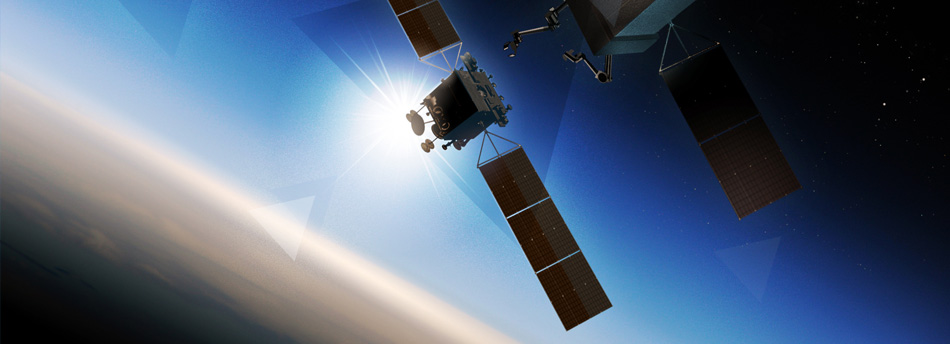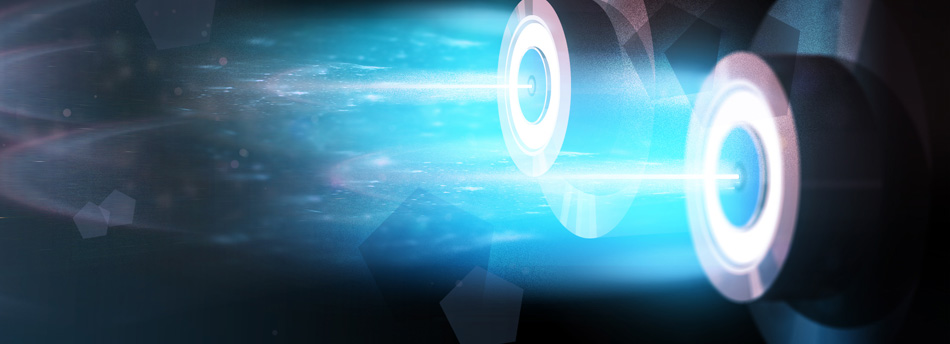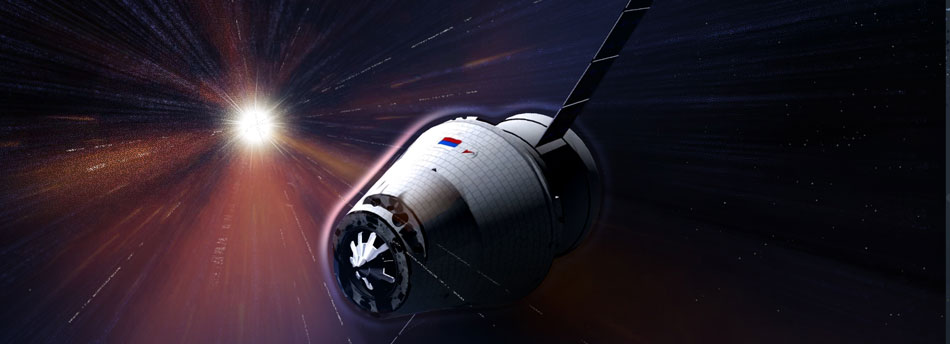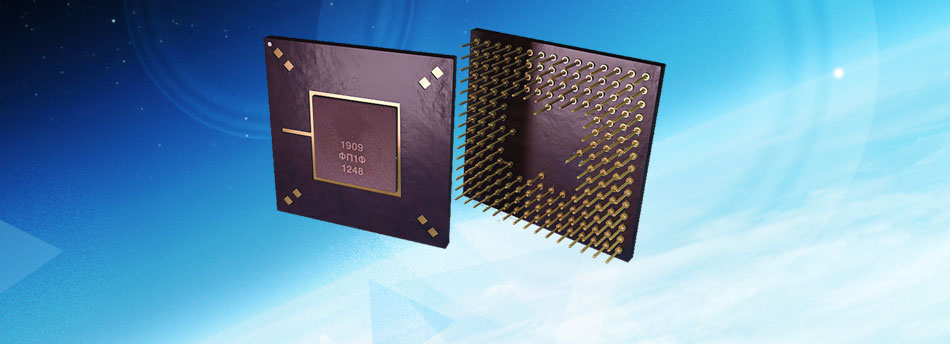Thermocatalytic Thrusters
- Purpose: Spacecraft orientation, attitude control, and station keeping
- Year of release: 2000
- Guaranteed service life (years): 10
- Estimated production / delivery time (months): 10
- Flight qualification of the product: Yes
- Brief history of flight qualification: S/C of Cosmos series; Meredian series (launched on 22.05.09, 02.11.10, 05.05.11, 14.11.12, 30.10.14); Spektr-R S/C (launched on 18.07.11); Electro-L No.2 S/C (launched on 11.12.15)
- Possibility to adapt the product to customer requirements: Yes
| Parameter | Value |
|---|---|
| Thrust | 5.6 … 1.0 (7.0 … 4,0) N |
| Propellant inlet pressure | (883..204)/ (1030..780) kPa |
| Specific impulse in a continuous mode of operation | (220..214) s |
| Specific impulse in a pulse mode of operation | ≥170 s |
| Life in terms of propellant throughput, kg | 20(150) kg |
| Life in terms of number of cycles | 50 (40000) cycles |
| Power consumption in the preparation mode (for 60 min) and in the instant readiness mode | (10.0 … 14.0) W |
| Overall dimensions | 110х129х67 mm |
| Mass | 0.44 kg |
Propellant - hydrazine. The main thruster component parts are: a decomposition chamber with a catalyst element and a nozzle, a propellant injection unit, two small-size solenoid valves that supply propellant to the thruster, and a pressure signaling indicator that monitors the fact that the thruster has been started up. A resistive heater and MLI installed on the thruster chamber ensure the required thermal mode of the thruster. Thruster temperature is monitored by means of two thermocouples. The thruster also has a mounting plate that joins the thruster elements.
Remark
Manufacturing lead time is given without taking into account the time needed to procure materials (4 months) and procured parts and components (6 months).
Please note that this site is for informational purposes only and under no circumstances is not a public offer determined by the provisions of the Part 2 Article 437 of the Civil code of the Russian Federation.
Information on this site may be changed or supplemented.







